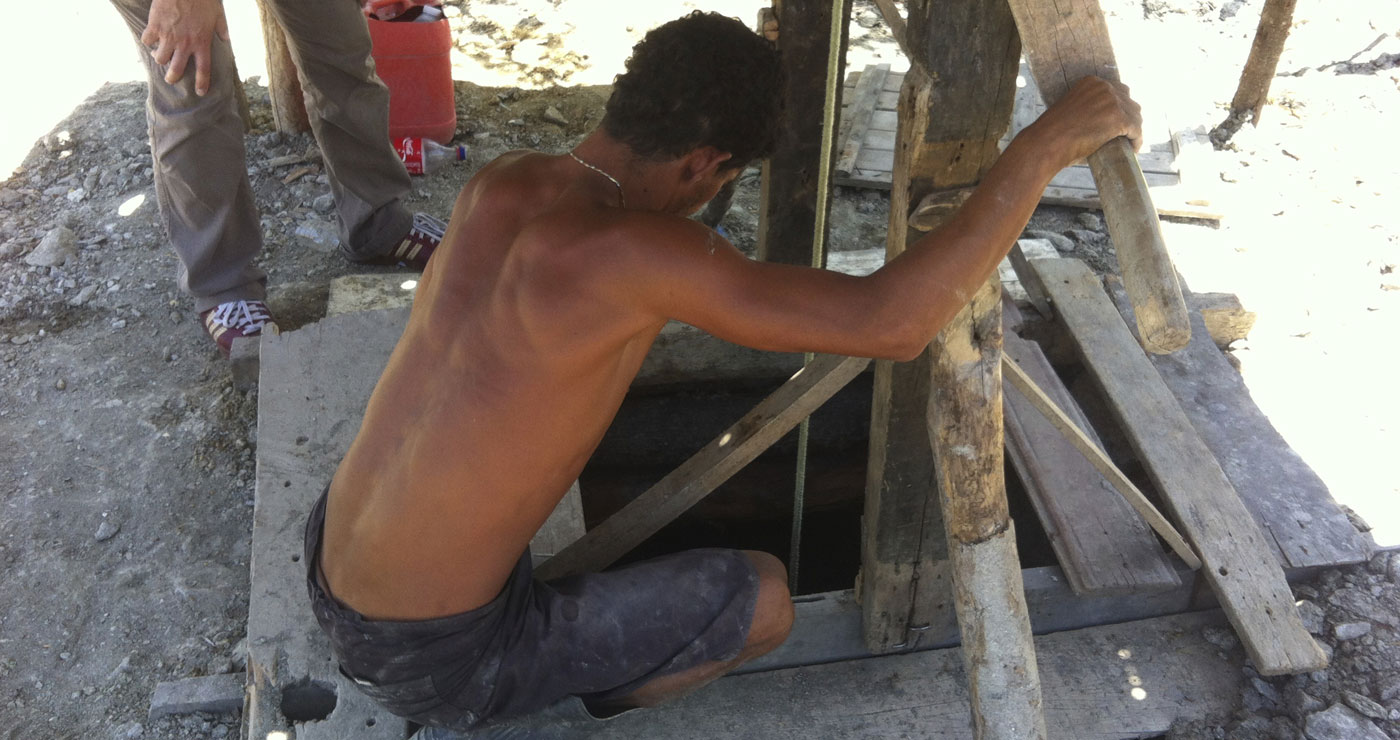ITALIAN GEMSTONE MARKET REPORT
The main issues that have shaped the global jewellery market in the current form have been affecting the production in Italian as well. Here comes a brief comment on some of them:
– The growing domination of wealthy financial groups that can afford huge investments into worldwide communication strategies and distribution is more and more evident.
– A process of vertical integration of the different phases of the production that impoverishes the traditional professional figures. For instance gem producers who buy a jewellery brand, chain retailers who buy and cut the rough directly, jewellery manufacturers who open their own shops or sell on-line to the final consumer.
– Gem prices instability due to precarious mining, high variability in demand and fast changes in fashion and trends.
– An opposite perception of the jewel as a temporary fashion accessory or a long-lasting luxury good and asset. This has lead to an important decline of the medium market segment .
– Growing prices for exceptional and certified gems to the detriment of more common ones.
– A discrepancy between the vintage jewellery that offers competitive prices and registers sales growth both during the fairs than at the auctions, and the jewellery manufacturers who have to afford the expenses of the whole productive and sale cycle.
– The changed use of a gem not any more the as the core of the jewel itself but as an integrated part of it. The quality of the cut and the personalization of it are more and more significant.
The production today
In consequence to this uncertain and instable period, coloured and fancy gemstones are less appealing than diamonds, rubies, emeralds and sapphires.
Even though, every brand designer is looking for new colours, new materials and new shapes in order to differentiate and make unique his collection.
Unfortunately, the search for novelty often means looking for cheap, and easy-to-find materials in order to guarantee bigger productions and larger profits.
Today in Italy the most cut materials are mother of pearl, tybe C jades, malachite, onix, cornelian, pink opal and lapis. Few brands are still using turquoise, coral, blue chalcedony , chrysoprase, some amethyst and some london blue topaz. Other gems like peridot, garnet, tourmaline, beryl and topaz, are only asked for special projects or high end jewellery. the majority of brands do not use “fancy” coloured gems for their collections.
Unfortunately, at the moment, no plans or predictions involve the recruitment of coloured gemstones for new consistent productions on the short term
Unexpectedly even important and famous brands are using coloured paste; enamels; dyed materials such as jade, mother of pearl, quarzites or chalcedony; doublets and triplets to get unusual patterns and colours shades.
The Valenza district
In 2016 the export of jewellery registered a contraction of about -4% with approximately 300 Millions of loss, following the decreasing of the global demand for jewels.
A loss in almost all the countries ( like -15% in the UE, – 6,7 In Switzerland, – 10,6 in France, – 9,1 in HK) apart the US with a + 15% and the UK with a + 30%, has been registered.
Fortunately we can finally, after years, note a growth of +6,7% in the internal market.
In Italy we have an ancient and well-established goldsmith tradition that is developed in the main manufacturing districts such as Vicenza, Arezzo, Naples, Milano and Rome. Notably among them, only Valenza can meet the needs of the global jewellery brands.in terms of variety of services, quality of manufacture and technical know how and innovation,
Valenza jewel tradition originated in 1840 and before the first world war more than 40 companies were already active. The real boom started after the second war, in 1945 the companies where more than 300.
Today, after many difficult years and defections, we can still count about 800 activities with 4700 operators involved and an export rate that reaches almost two billions.
A huge patrimony of technical and professional know-how that has been lasting for more than 150 years, a very high specialization, an interconnected business tissue, a high managing ability, a quick capacity to understand and follow the new market demands, very competitive prices, are the reason why many brands are still opening offices and invest here.
On top of all we have the new BULGARI factory , opened few weeks ago, the biggest facility in Europe, that is planning to achieve 700 employee within this year.
Another example is Cartier that few years ago bought three factories ( in Turin, Valenza and Milan) creating the PGI group.
A new trend has been facing the district: some companies that were used to produce in Thailand or China are coming back to Valenza to benefit of the logistic advantages, the smaller difference in terms of costs and the benefit of a growing demand for “ made in Italy” products.
Here are the main brands that manifacture in Valenza today:
LVMH, Richemont and kering with BULGARI, CHAUMET, FRED, CARTIER, PIAGET, VAN CLEEF, GUCCI, BOUCHERON and POMELLATO
CHOPARD, BUCCELLATI, DE GRISOGONO, CHANEL , BOGHOSSIAN and ANNA HU
Top Italian brands like PASQUALE BRUNI, DAMIANI, GIORGIO VISCONTI, PALMIERO, VEHRNIER, CRIVELLI, RECARLO, CHANTECLER, BUSATTI, ROBERTO COIN and PICCHIOTTI.
Many others are joining this trend in order to take advantage of the extraordinary opportunities offered by the Valenza district.
2017 expectations
Even if the official figures seem slightly negative and the export predictions for 2017 are quite optimistic, the current market for coloured gemstones here in Italy is still moving very slowly on the manufacture area and stands almost static on retail basis.
The demand is very low in the shops and the production area is facing a strong downgrading in terms of value, using poorer materials.
The decreasing sales during the last Basel show is a further signal of the global market contraction that sounds worrisome.
The feeling here in Italy is that gemstones can be sold just when there is a specific demand and that no one is willing to buy for stock. In this particular situation logistic and services like production advices, delivery time, ready on stock goods, cut and recut , or payment terms, become fundamental to keep the position in the market.







